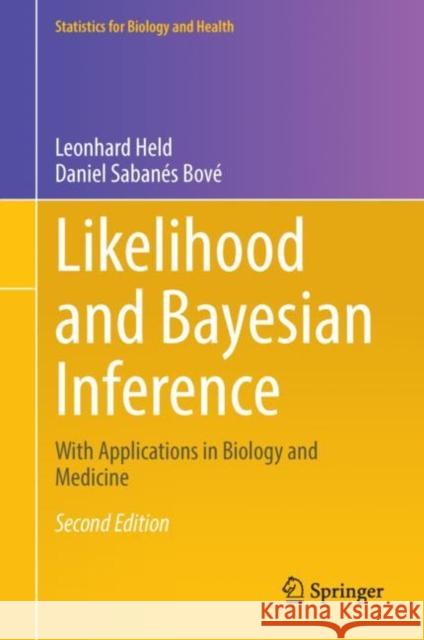Likelihood and Bayesian Inference: With Applications in Biology and Medicine » książka
topmenu
Likelihood and Bayesian Inference: With Applications in Biology and Medicine
ISBN-13: 9783662607947 / Angielski / Miękka / 2021 / 402 str.
Likelihood and Bayesian Inference: With Applications in Biology and Medicine
ISBN-13: 9783662607947 / Angielski / Miękka / 2021 / 402 str.
cena 229,96
(netto: 219,01 VAT: 5%)
Najniższa cena z 30 dni: 219,73
(netto: 219,01 VAT: 5%)
Najniższa cena z 30 dni: 219,73
Termin realizacji zamówienia:
ok. 22 dni roboczych
Dostawa w 2026 r.
ok. 22 dni roboczych
Dostawa w 2026 r.
Darmowa dostawa!
Kategorie BISAC:
Wydawca:
Springer
Seria wydawnicza:
Język:
Angielski
ISBN-13:
9783662607947
Rok wydania:
2021
Wydanie:
2020
Numer serii:
000052888
Ilość stron:
402
Waga:
0.58 kg
Wymiary:
23.39 x 15.6 x 2.16
Oprawa:
Miękka
Wolumenów:
01
Dodatkowe informacje:
Wydanie ilustrowane











